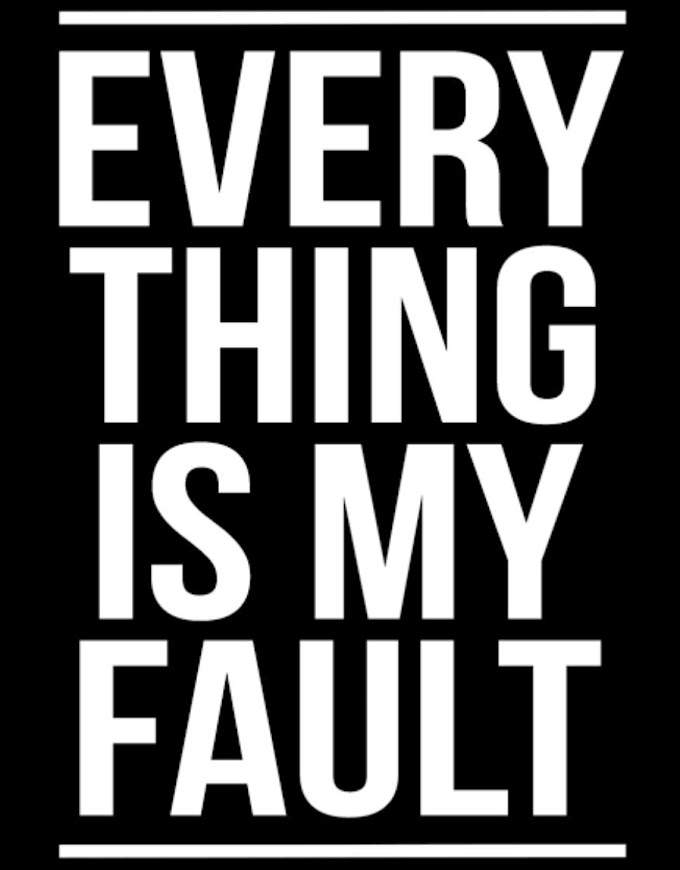Metabolism And Fat Loss
Metabolism is the chemical reactions in
the body's cells that change food into energy. Our bodies need this energy
to do everything from moving to thinking to growing. Specific
proteins in the body control the chemical reactions of metabolism.
If you
know someone that has been trying to lose weight and get into shape, you have
probably heard words such as, "I just eat one meal a day to lose
weight" or "I'm afraid if I eat, I'll gain weight" but sadly,
this misnomer is why so many people are in the "battle of the bulge".
People all over the world still believe that eating breakfast, or even three
meals a day will cause them to gain weight. In truth, as long as they are
eating the right types of foods and exercising, then three normal meals or six small
meals a day will actually work better with their metabolism than eating the
wrong quantities or not eating often enough.
Let us understand
how metabolism works in relation to losing weight. Why risk having a heart
attack, a stroke, developing cancer, or diabetes when all you have to do is
make a few minor changes and live a healthy life? First, a person's metabolic
rate is determined by the number and size of respiring cells that
compromise the body's tissue, and the intensity of the metabolism in these
cells. These two factors combined are what make up the physiological foundation
of the amount of energy (calories) in which a body uses.
We know
that “energy neither be created nor destroyed, but can be transferred from one
form to another. Also, potential energy comes from the foods we eat. When we
discuss weight loss, there are three components of balanced energy, which
include calorie intake, calories stored, and calories spent or burnt. When the
amount of calories taken is equals to the amount of calories being spent, then
it becomes balanced and the body weight is said to be is stable.
If the
balance becomes positive, caused by more food being eaten than is spent/burned,
energy is destroyed or in better terms, stored as body fat. Remember that,
eating a diet considered low-fat and still gain weight. The reason for this is,
most dietary fat is stored while the body is burning carbohydrates and proteins
for energy. The problem is, when a person gains weight, the increased level of
fat becomes stored energy until the calorie balance is negative. For that to
happen, the amount of calories burned needs to exceed the number of calories
being consumed, no matter what the macronutrient content.
Metabolism
is the rate at which the body uses energy to support the basic essentials functions
of life. This metabolism is comprised of three parts, which include physical activity
(20%), Thermic Effect of Food ie., TEF (10%), and Resting Metabolism Rate ie.,
REM (70%). Physical activity is the amount of energy your body burns up during
normal, daily activities to include housework, recreation, work, exercise, and
so on. Physically active person will burn more energy than a sedentary person
will. TEF accounts for the energy used in digesting and absorbing nutrients,
which would vary depending on the meal's composition. When a person overeats,
TEF is increased because more food must be digested.
One
pound is equal to 3,500 calories, so let us say a person consumes 3,500 more
calories than normal. That individual would not gain one pound because the TED
is accounted for but if 3,500 calories were cut trying to lose weight, then TEF
decreases since there would be fewer nutrients to process. The result is that
with energy expenditure would decrease, means, the individual would lose less
than one pound in weight. In other words, by cutting out too much food, TEF
cannot work as it was designed to do. After all, the calories you do consume
need to be healthy foods but when you do not eat, you are actually working
against your body in fighting weight gain.
Finally,
the RMR refers to the number of calories the body needs to run its essential
functions, as well as chemical reactions while in a rested state. This aspect
of metabolism accounts for the greatest number of calories burned every day. If
lean weight should be lost because of increased protein metabolism, then RMR
decreases. Typically, you would see this happen when a person goes on a very
strict diet. Here, the body is forced into a negative nitrogen balance, which
means a greater amount of protein is lost than what is replaced because of less
protein/energy intake. When this imbalance occurs, there is a gradual loss of
lean weight, which then lowers RMR.
When the
dieters will limit the amount of lean weight loss with intense exercise for the
muscles to develop a need to maintain more protein. When this happens, the body
is forced to use more energy from stored fats.
To make
metabolism to work for us, follow simple steps as listed below:
1. By
adding a few extra pounds of lean muscle, the metabolic rate can be increased
by up to 200% each day. 2. Lean weight can burn as much as 20 times more
calories than fat weight. 3. Regular exercise is one of the best ways to boost
metabolism. 4. By eating smaller meals and more often, you can boost your
metabolism rate. Also
The world’s first and only 100% safe and natural proprietary, patent-pending formula, that when combined with tea, can increase both the speed and efficiency of metabolism.
While instantly boosting your health, energy and well-being at the same time.
 There’s never been anything even close to Tea Burn ever attempted.
There’s never been anything even close to Tea Burn ever attempted.
As myself, my team, my entire family…
And tens of thousands of everyday women and men can attest…
Electrifying your metabolism…
Torching off fat from your problem areas…
Enjoying incredible all-day-energy…
Reducing hunger...
And improving your health…
Just enjoy your favorite tea with an instantly dissolvable, tasteless packet of Tea Burn…
While
you need to eat healthy foods, keep in mind that, how much of a person's body
weight is attributed to fat. Remember, excess fat is what links to major health
problems. Therefore, it is better to maintain a healthy weight but more crucial
is that you monitor the fat-to-muscle ratio.
For
example, a woman standing 5'5" might weigh only 125 pounds but have a 27%
body fat ratio, which is not good. This individual worked hard to diet, while
staying involved with aerobics. However, much of what she lost was not fat, but
muscle. Even though this weight would be considered ideal for her height, her
body fat to muscle ratio is too high.
An
excellent way to optimize your fat-to-muscle ratio is by getting
involved with weight training in addition to the nutrition and cardio. As you
will see with the tools provided at www.comptracker.com, you can analyze the
thickness of the subcutaneous fat at various areas of the body. The benefit is
that you know exactly what your ratios are so you can achieve a healthy
fat-to-muscle ratio as well as body weight.
Remember,
you are in control and need to make the decision to do something good for
yourself. Therefore, now is the time to take that control and fight to live a
lean and healthy lifestyle.











If you have any doubts or views or comments on my Blog Article/s, please let me know. Contact me: shambar24v@gmail.com